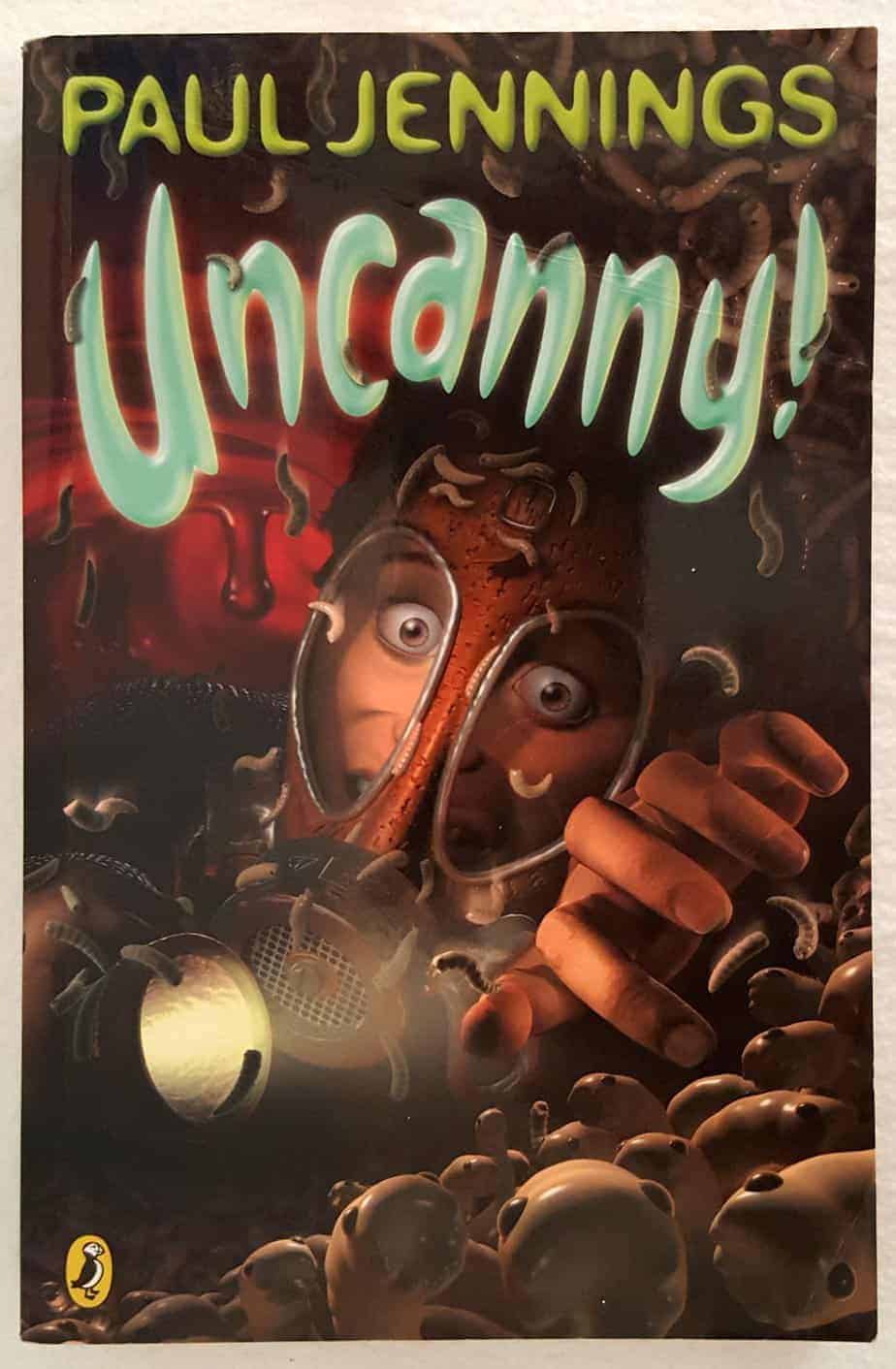-
President Squid by Aaron Reynolds and Sara Varon Analysis
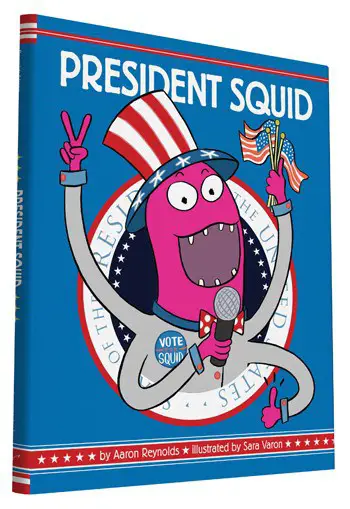
The most hilarious thing about President Squid is that it is not about President Trump. Well, of course it’s about Trump and all of his kind, but as the author told Betsy Bird in an interview, it was already written and in the publishing pipeline before Trump even began his campaign. Reynolds wrote it around […]
-
Bye Bye Baby by Janet and Allan Ahlberg Analysis
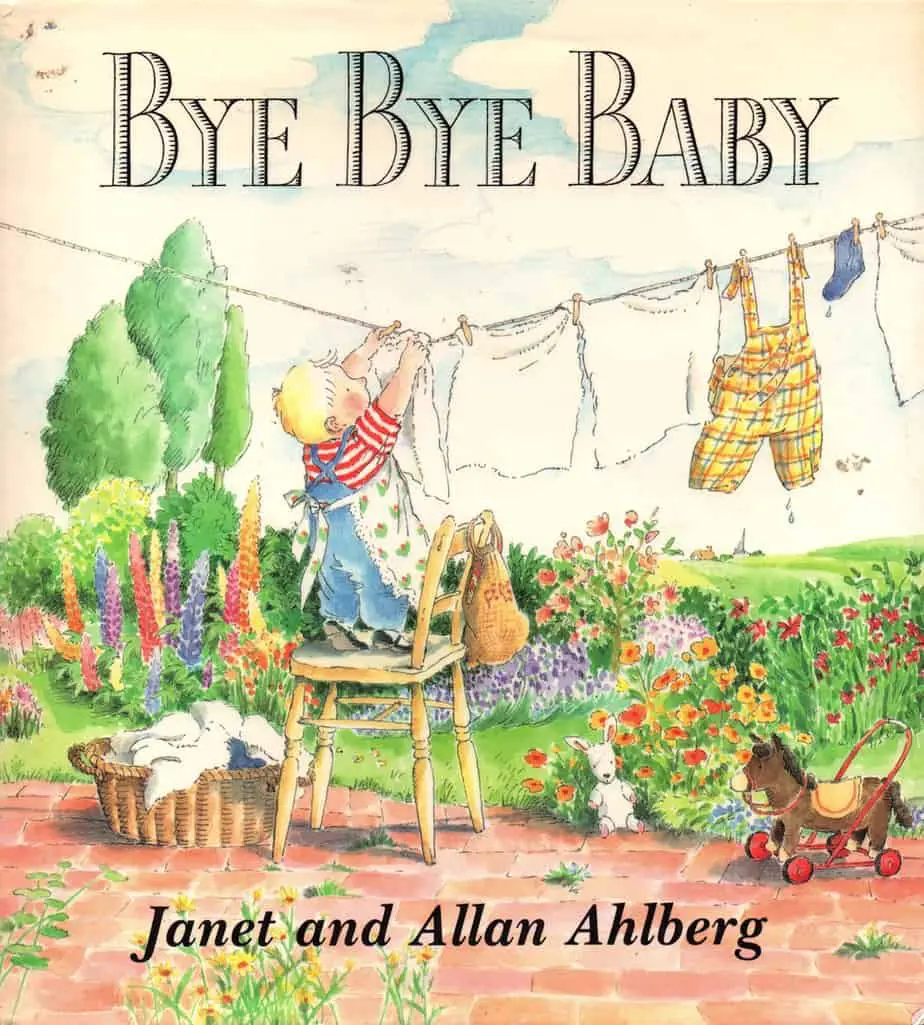
This month I wrote a post on Teaching Kids How To Structure A Story. Today I continue with a selection of mentor texts to help kids see how it works. Let’s look closely at a picture book called Bye Bye Baby by husband and wife team Janet and Allan Ahlberg. I’ve chosen Bye Bye Baby to contrast […]
-
The Farmer and the Clown by Marla Frazee Analysis
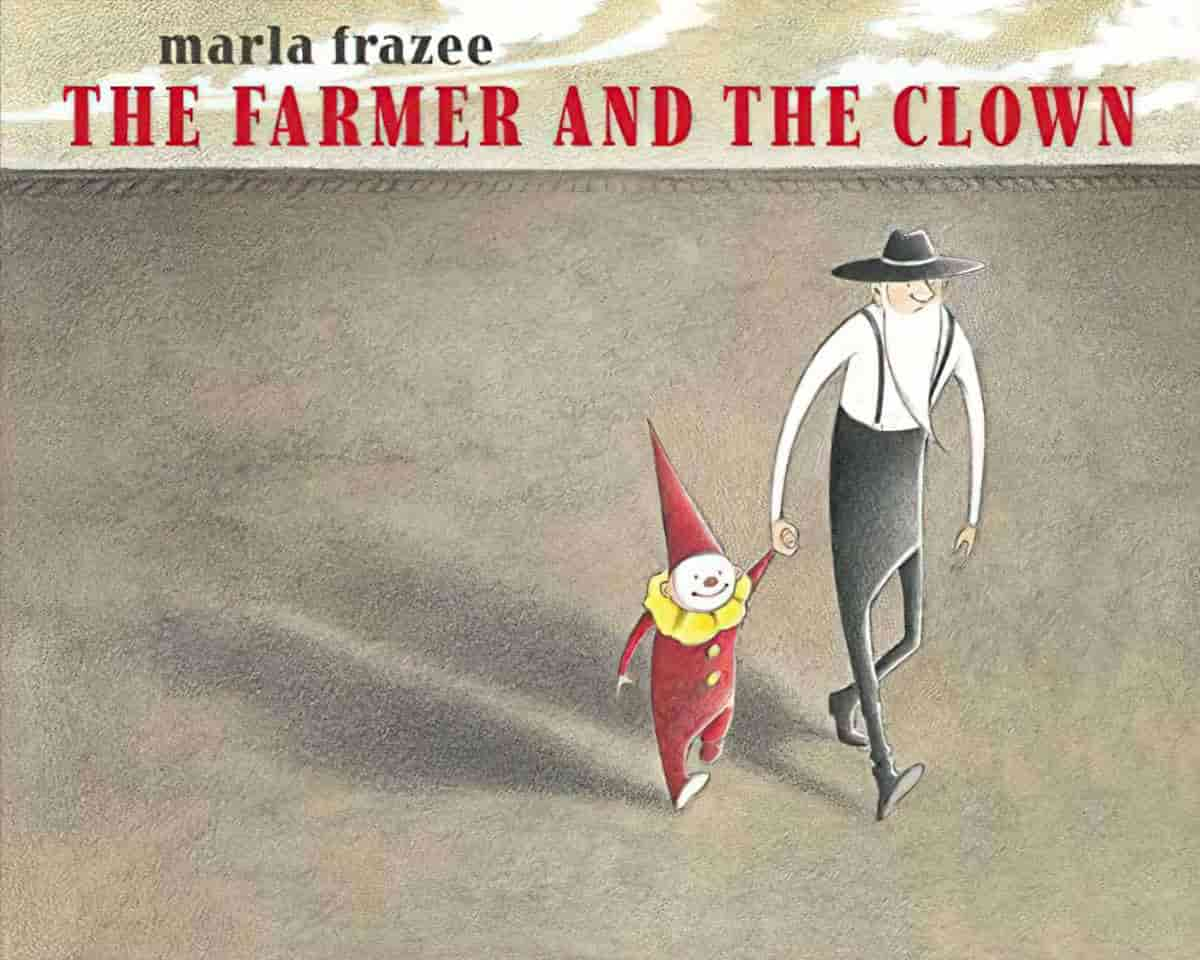
This month I’m blogging a series aimed at teaching kids how to structure a story. This seven-step structure works for all forms of narrative. It works for picture books, songs, commercials, films and novels. Today I take a close look at The Farmer and the Clown by Marla Frazee to show how universal structure exists […]
-
And To Think That I Saw It On Mulberry Street by Dr Seuss Analysis
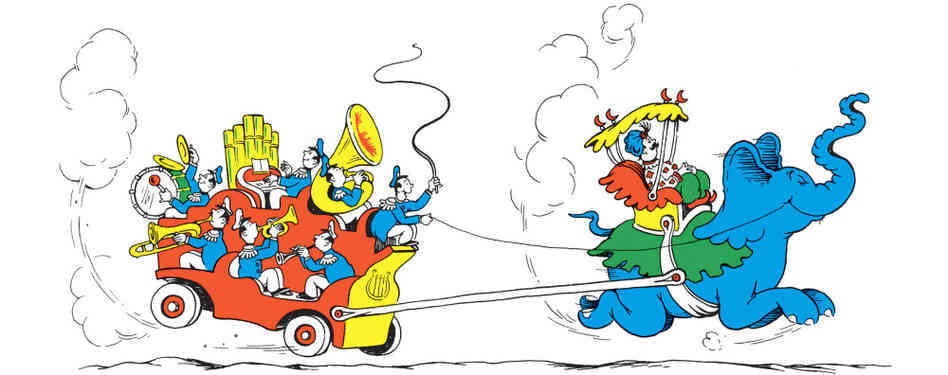
And To Think That I Saw It On Mulberry Street was Ted Geisel’s first book. Well, he’d written an abecedary but failed to interest publishers in it. It took a while to find a publisher for this one, too, but compared to what author/illustrators are up against today, I’m guessing 20 rejections is actually pretty good. Dr […]
-
The Biggest Sandwich Ever Analysis
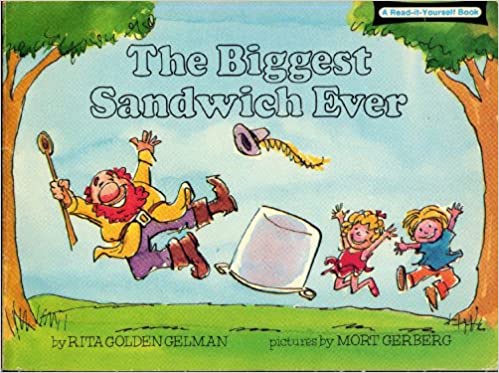
The Biggest Sandwich Ever is a book from 1980. It was my first “Lucky Book Club” purchase, and I loved it. (I don’t agree with my husband either, who says there should also be an “Unlucky Book Club”.) What makes it great? It’s not especially original, but it does follow a successful formula. Although the […]
-
The Carnivalesque in Children’s Literature
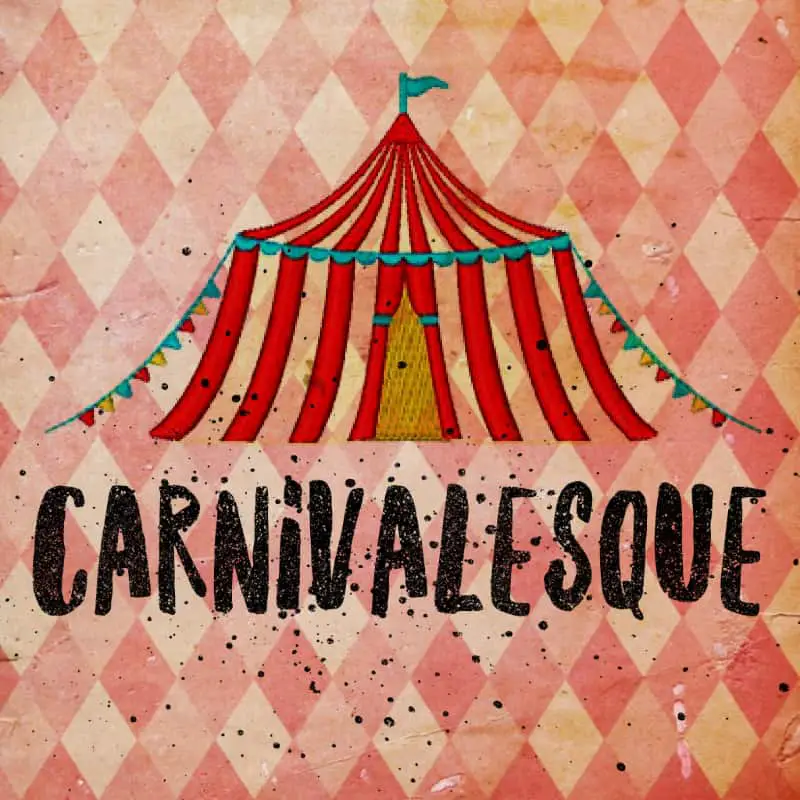
Carnival: In the Bakhtanian sense, “a place that is not a place and a time that is not a time”, in which one can “don the liberating masks of liminal masquerade”. Victor Turner, Dramas, Fields and Metaphors: Symbolic Action in Human Society, 1974 Children’s literature academic Maria Nikolajeva categorises children’s fiction into three general forms: […]
-
The Tiger Who Came To Tea by Judith Kerr Analysis
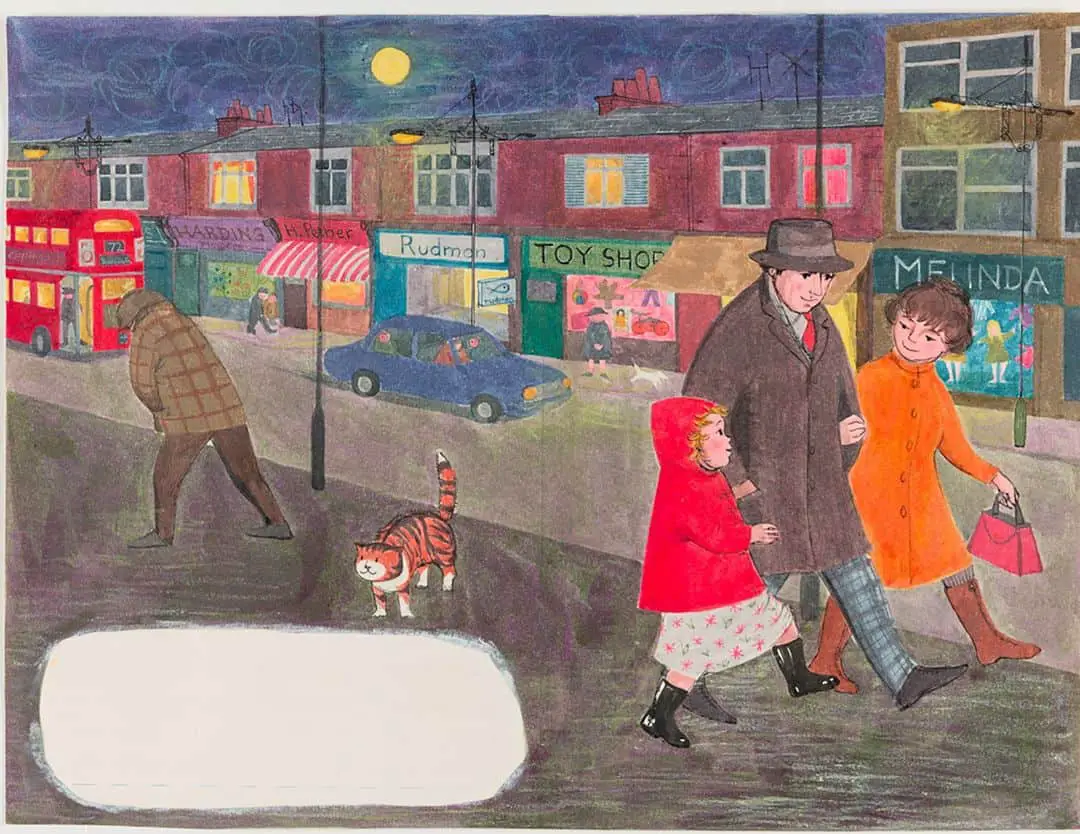
The Tiger Who Came To Tea (1968) is a picture book written and illustrated by British storyteller Judith Kerr.
-
The Snowman by Raymond Briggs
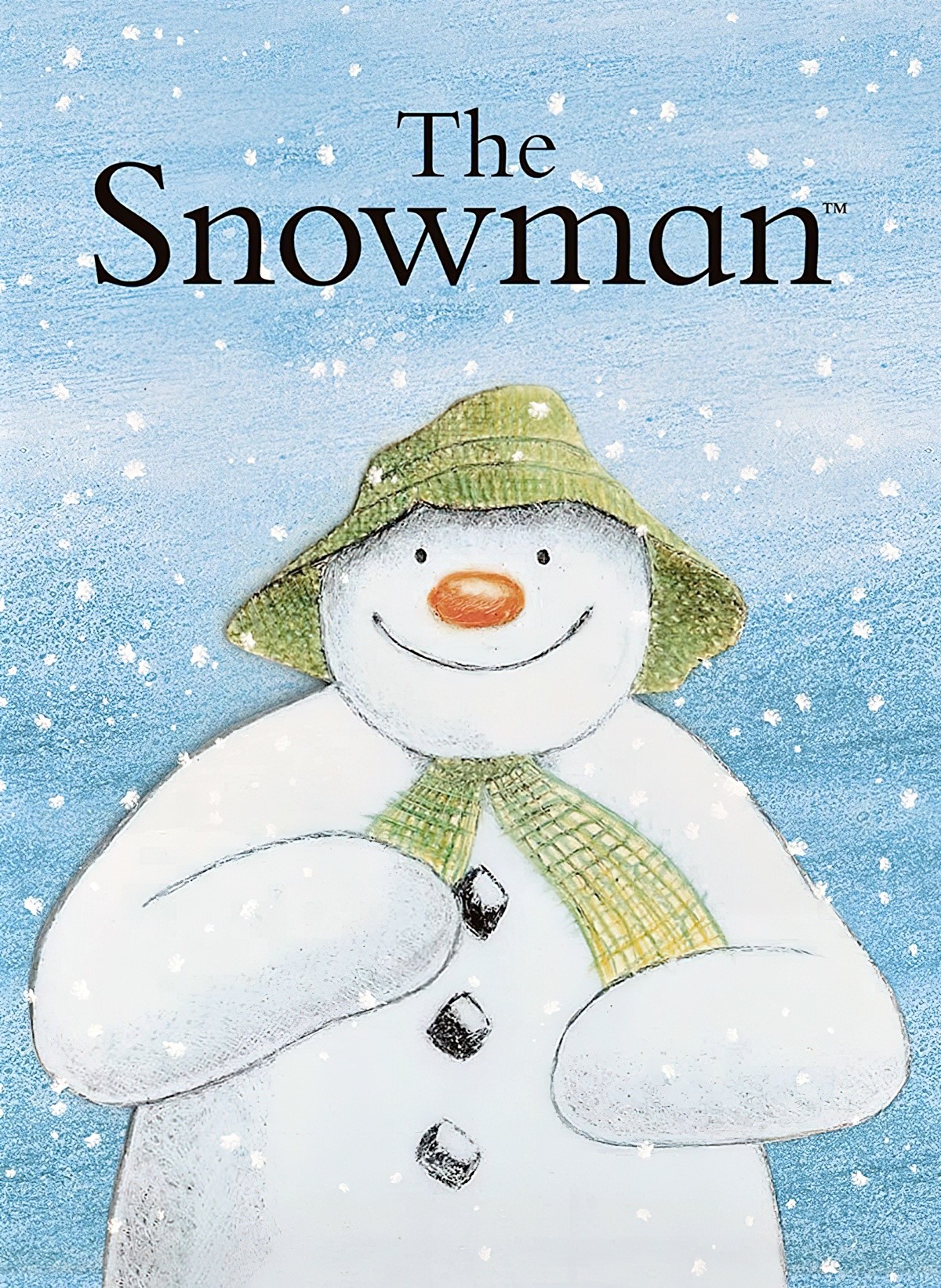
This month I’m blogging a series aimed at teaching kids how to structure a story. This seven-step structure works for all forms of narrative. It works for picture books, songs, commercials, films and novels. Today I take a close look at The Snowman by Raymond Briggs.
-
Z Is For Moose by Kelly Bingham and Paul O. Zelinsky Picture Book Analysis
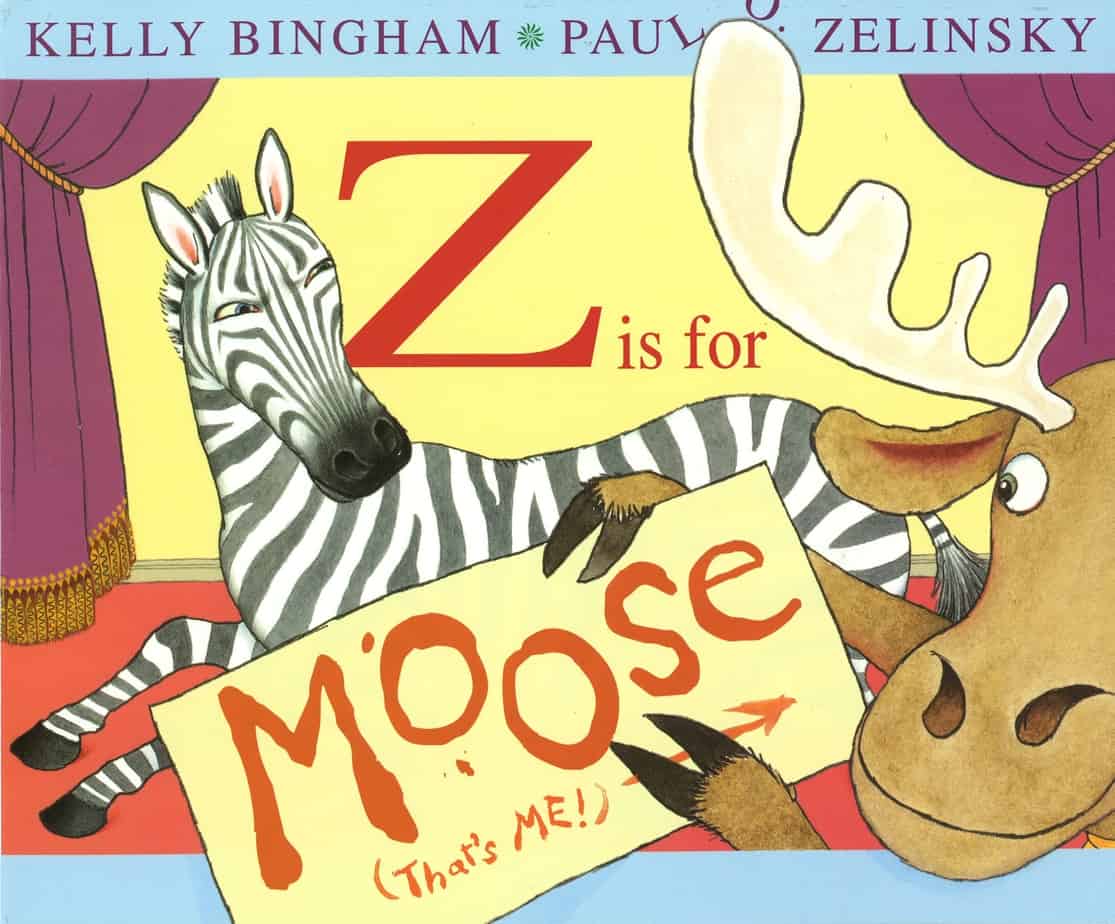
Kate de Goldi discusses Z Is For Moose on Radio New Zealand and has trouble not laughing. (This is what made me buy the book.) There is something inherently funny about a moose. Is it the bulbous snout, or the slightly onomatopoeic name? (I’m not sure what real-world sound the word ‘moose’ makes, but it […]
-
Mr Chicken Goes To Paris by Leigh Hobbs Analysis
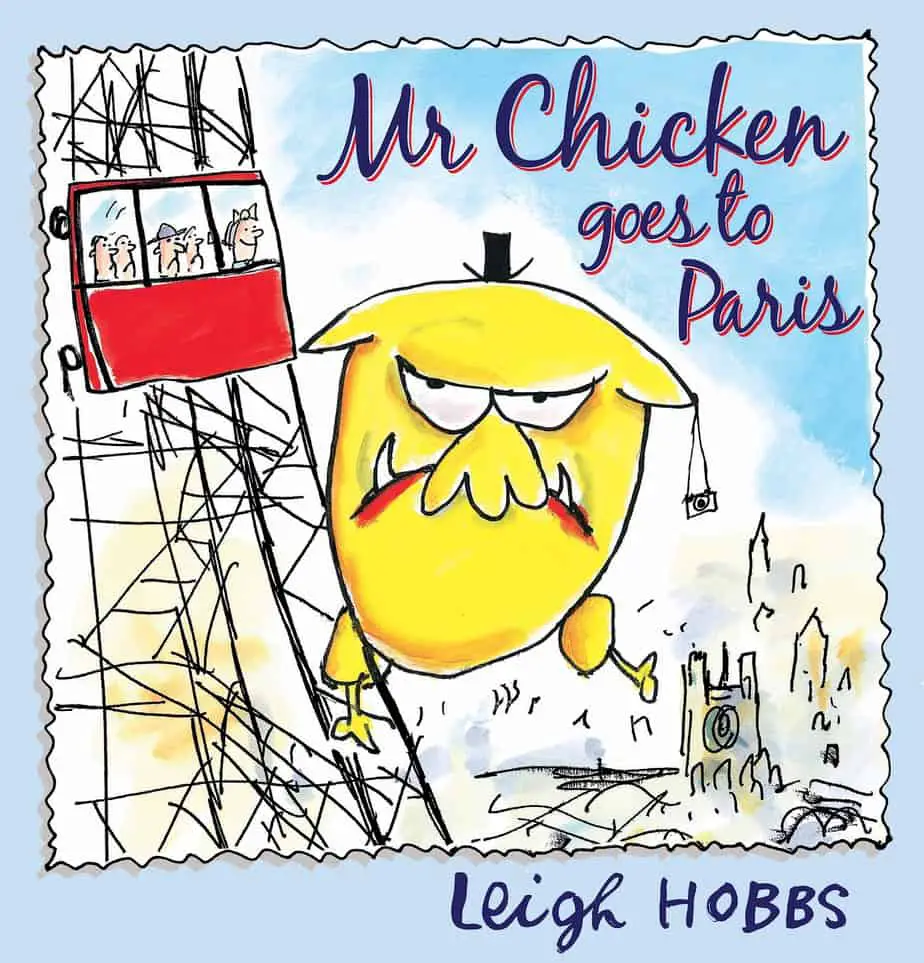
Mr Chicken Goes To Paris is a carnivalesque picture book about a chicken who goes to Paris on holiday. For a whiff of the Foreign, film makers often turn to France and especially Paris. The same is true in children’s films, from “Ratatouille” to “Hunchback of Notre Dame.” And the same is true in children’s […]
